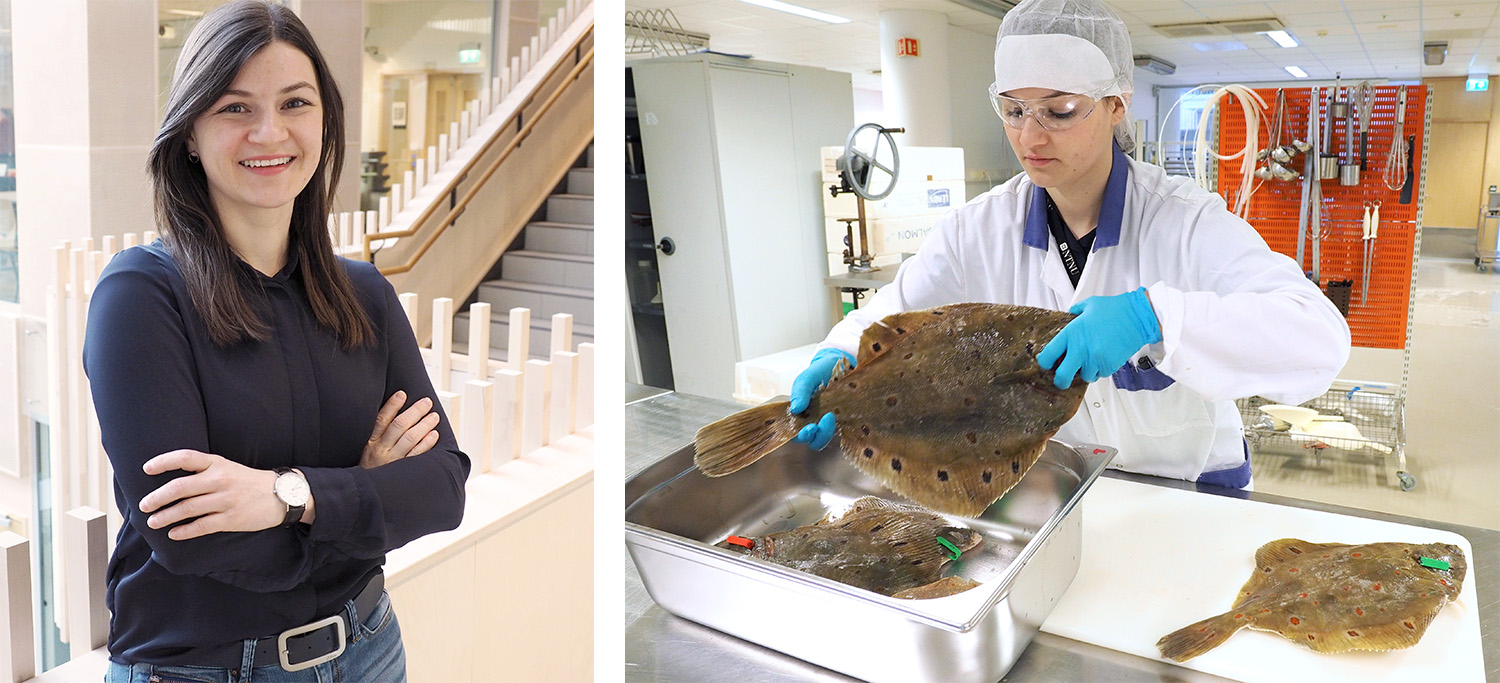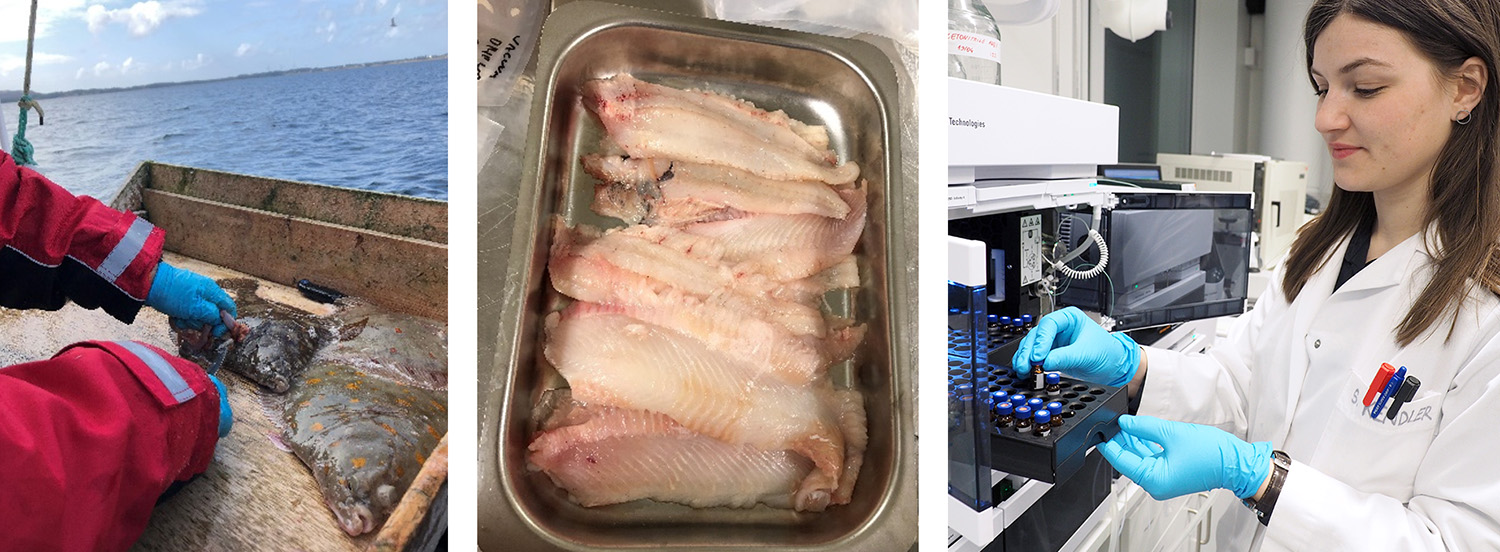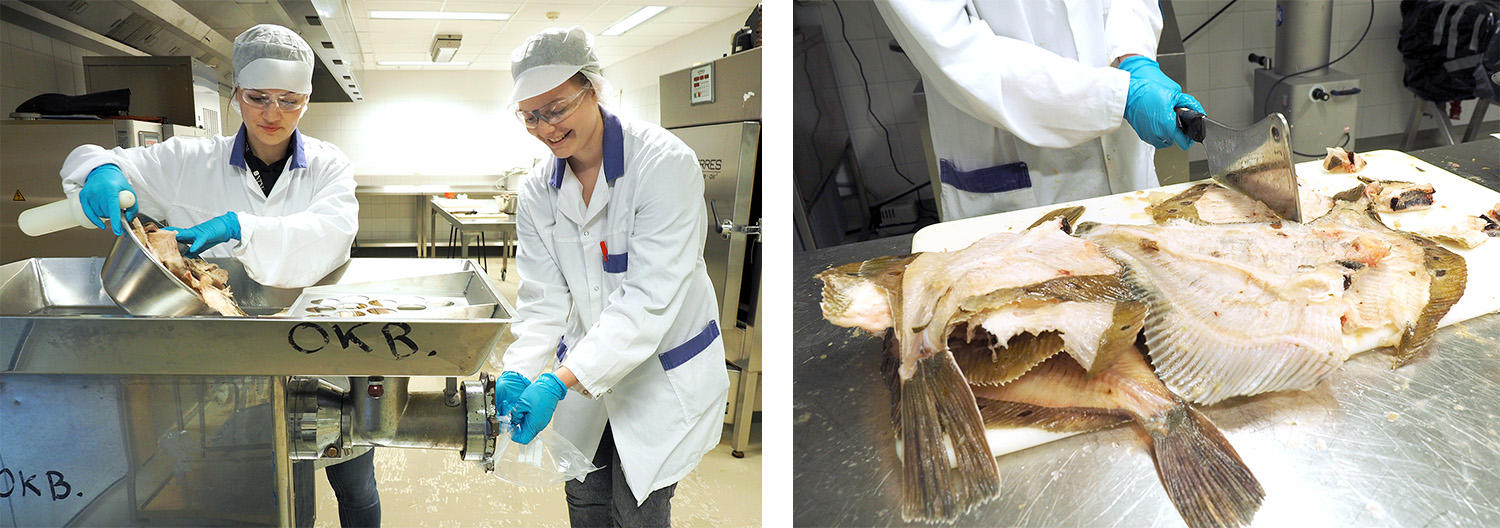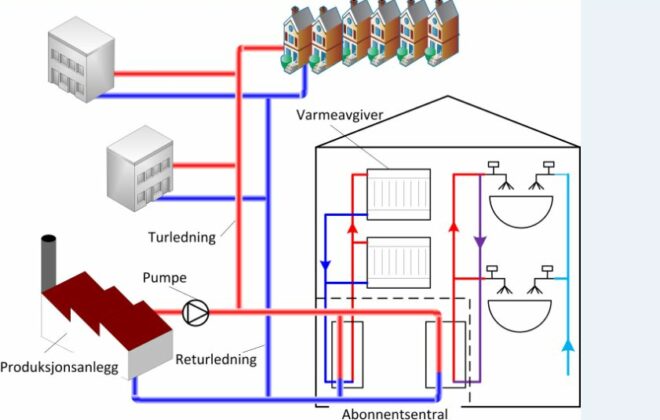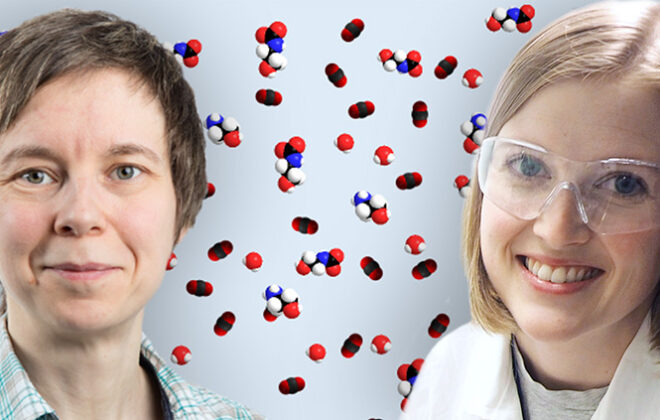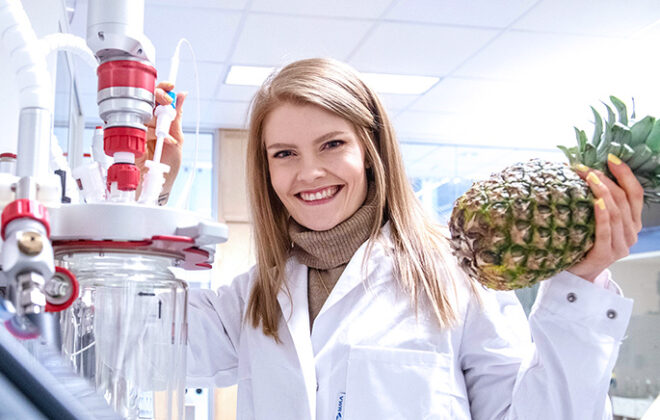European plaice: a new food source in Norway?
Many of you might think why European plaice (Rødspette) should be regarded as a new food source since this fish is quite common in Norway and not mysterious as other unexplored species. In fact, plaice inhabits most areas along the Norwegian coastline, reaching from the Skagerrak in the South up to the Barents Sea in the North, but until now, the commercial utilization and consumption of this fish is very low. So why explore new species, when we have one right outside of “our house” which we could utilize more? Sometimes you don’t have to look that far to find a healthy and delicious new food option. European plaice is a lean fish with highly digestible proteins and satisfying omega 3 compositions.
My PhD project is part of OPTiMAT (Optimal utilization of marine food resources, NTNU: 2016-2023) which has as its main goal to ensure optimal utilization of marine food resources through research and technology development. As part of this goal, a working group focuses on increasing the utilization of underutilized resources (LUR). In my working group (LUR) we are two PhD candidates and a Postdoc focusing on food chemistry, microbiology and food safety.
What is my work about?
Summarized, the focus of my work is to find out as much as possible about European plaice to promote its utilization. As European plaice is a wildly caught fish, it is exposed to environmental changes. This means that the composition of the fish changes throughout the year, as its feeding habits have to adapt during winter and to the limited availability of nutrients. In order to find out about these changes, we went fishing in autumn, winter and spring.
Afterwards I conducted a series of analytical analysis to find out about the protein and lipid content, but also about omega 3 fatty acids and essential amino acids, which are important for human health and wellbeing. In addition, I looked into environmentally derived contaminants like heavy metals or chemical contaminants like polychlorinated biphenyls or dioxins in the fish. A high concentration of contaminants would pose a health risk when consuming the fish.
But what about the 50% of fish that is left next to the fillets?
By-products, waste or in other words rest raw material account for around 50-55% of the fish’s total weight. These fractions include the backbones, heads, skins and intestines of fish, which are not primarily used for human consumption. Together with our master student Sine, I want to increase the utilization of these fractions by applying enzymatic hydrolysis. With enzymatic hydrolysis it is possible to generate oil, protein and solid residue fractions and to further separate them into high-value components. These components, such as fatty acids in oil, protein hydrolysates and collagen can be incorporated into food matrixes or applied in nutraceuticals to increase the functionality and nutritional composition. Protein hydrolysates are of special interest, as they comprise of peptides with different amino acid chain length. These peptides often demonstrate bioactive properties and can be used as antioxidants.
In order to make use of this fish in a sustainable matter, it is important to use as much of it as possible, in some kind of form for human consumption. By studying the composition of the whole fish, from the fillet to the rest raw material, we want to generate knowledge in order to facilitate a holistic utilization of this resource.
After working with plaice for 1,5 years I can say that plaice is a highly nutritious fish. There are some fluctuations in the nutrient composition depending on the seasons, which need to be considered. In spring, we caught a very lean fish with poorer quality due to the spawning season, whereas fish has more fat in winter, compared to the other two seasons. In general, the protein composition can be considered as very good, with a high overall protein content (14-17%), depending on season and a good distribution of essential amino acids.
More about me
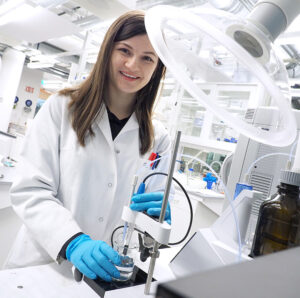 My background lies within sustainable food management (bachelor’s) and food technology and nutrition (master’s). I first came to Norway as an exchange student where I wrote my master thesis about the effect of oxidized rest raw materials on the quality of fish protein hydrolysates. My passion lies within the sustainable utilization of food resources, especially the valorization of side streams, where I would like to continue my career in. I am now in my second year of my PhD, with Jørgen Lerfall as main supervisor. Next to my PhD I am council member of the Young EFFoST (European Federation of Food Science and Technology), a networking platform for early-career food scientists and food.
My background lies within sustainable food management (bachelor’s) and food technology and nutrition (master’s). I first came to Norway as an exchange student where I wrote my master thesis about the effect of oxidized rest raw materials on the quality of fish protein hydrolysates. My passion lies within the sustainable utilization of food resources, especially the valorization of side streams, where I would like to continue my career in. I am now in my second year of my PhD, with Jørgen Lerfall as main supervisor. Next to my PhD I am council member of the Young EFFoST (European Federation of Food Science and Technology), a networking platform for early-career food scientists and food.

Sophie Kendler
Sophie Kendler is a PhD candidate at the Department of Biotechnology and Food Science specializing in optimized utilization of marine food resources.
Tags In
Search
Søk
Categories
- Arctic Research
- Arkitektur
- Bærekraft
- Bioingeniørfag
- Biologi
- Biology
- Biomedical Laboratory Science
- Biotechnology
- Bioteknologi
- Chemical Engineering
- Chemistry
- Climate
- Computer Science
- Datateknologi
- Digital
- Elektronikk
- Energi
- Energi
- Energy
- Engineering
- Engineering
- Environment
- Food Science
- Forskning
- Fysikk
- Fysikk
- Havbruk
- Informasjonsteknologi
- Informasjonsteknologi
- Ingeniørvitenskap
- Kjemi
- Kjemisk prosessteknologi
- Kjemisk prosessteknologi
- Kreftbehandling
- Kybernetikk
- Marine Technology
- Materialer
- Materials Science
- Materialteknologi
- Matvitenskap
- Meninger
- Miljø
- Min ph.d.
- My PhD
- My PhD
- My postdoc
- Nanotechnology
- Nanoteknologi
- Ocean
- Oil and gas
- Physics
- Research
- Simulering og visualisering
- Spør en forsker
- Studentliv
- Sustainability
- Ukategorisert
- Universitetsliv
- University Life
Kategorier
- Arctic Research
- Arkitektur
- Bærekraft
- Bioingeniørfag
- Biologi
- Biology
- Biomedical Laboratory Science
- Biotechnology
- Bioteknologi
- Chemical Engineering
- Chemistry
- Climate
- Computer Science
- Datateknologi
- Digital
- Elektronikk
- Energi
- Energi
- Energy
- Engineering
- Engineering
- Environment
- Food Science
- Forskning
- Fysikk
- Fysikk
- Havbruk
- Informasjonsteknologi
- Informasjonsteknologi
- Ingeniørvitenskap
- Kjemi
- Kjemisk prosessteknologi
- Kjemisk prosessteknologi
- Kreftbehandling
- Kybernetikk
- Marine Technology
- Materialer
- Materials Science
- Materialteknologi
- Matvitenskap
- Meninger
- Miljø
- Min ph.d.
- My PhD
- My PhD
- My postdoc
- Nanotechnology
- Nanoteknologi
- Ocean
- Oil and gas
- Physics
- Research
- Simulering og visualisering
- Spør en forsker
- Studentliv
- Sustainability
- Ukategorisert
- Universitetsliv
- University Life

